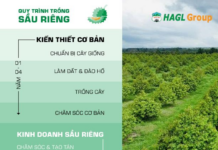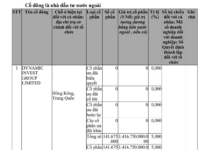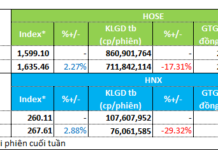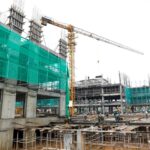According to Savills Vietnam, in Q3/2025, Hanoi’s apartment market saw a new supply of 6,300 units, a slight decrease from the previous quarter but an increase year-on-year. Sales reached 7,300 units, rising both quarterly and annually.
The new supply achieved an absorption rate of over 80%, consistently outperforming the overall market. This highlights buyers’ preference for newly launched projects, which often feature prime locations, reputable developers, robust legal frameworks, modern designs, superior amenities, and flexible payment plans.
Preliminary research by Savills indicates that projects approved outside major urban areas have recently shown positive signs, with a notable increase in sales compared to earlier periods.
In reality, many new projects remain focused on the high-end segment (Grade A), located in prime areas, pushing primary market prices to an average of over 100 million VND/m².
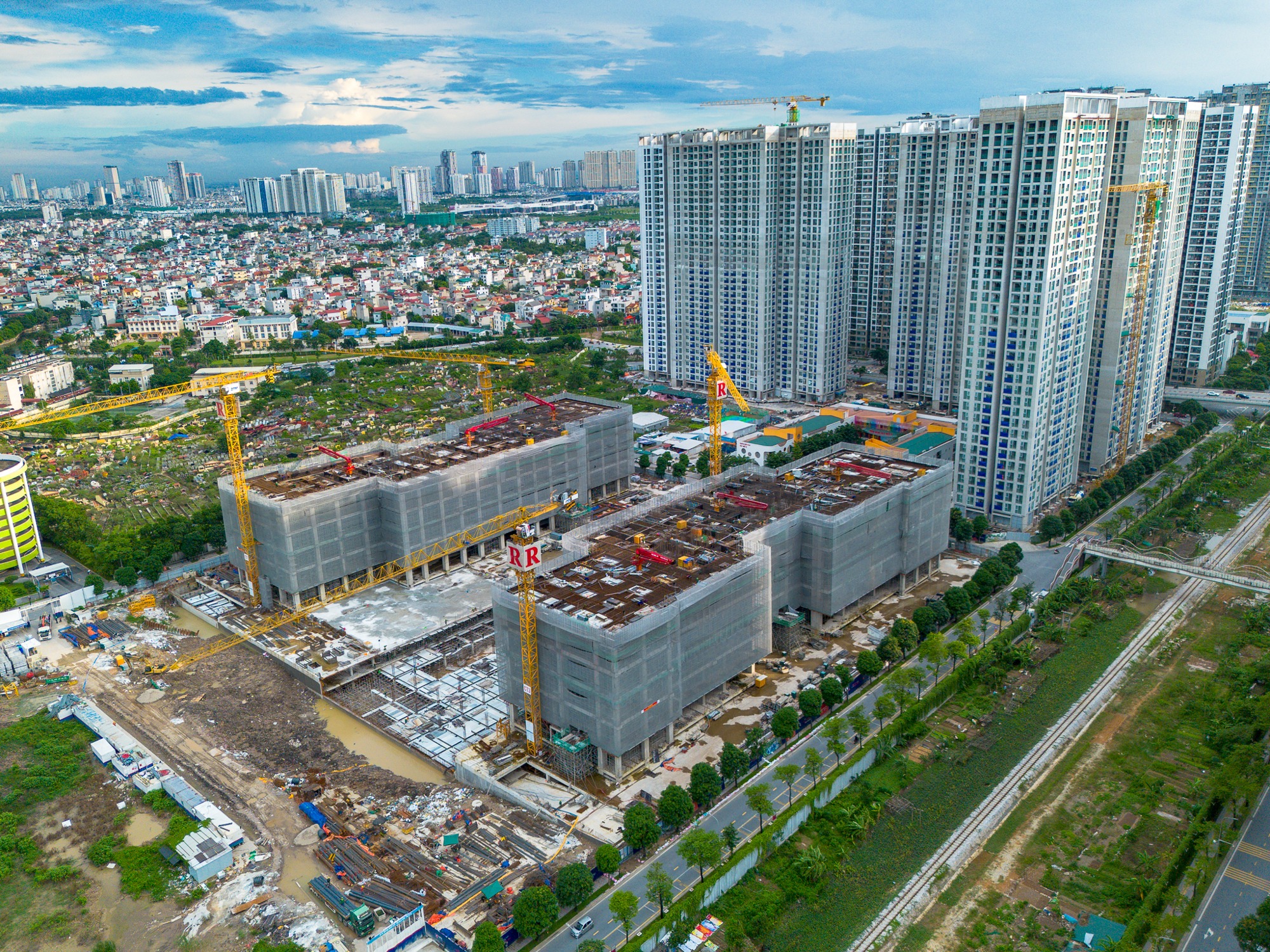
Many new projects are concentrated in the Grade A segment, situated in prime locations.
Ms. Do Thi Thu Hang, Senior Director of Research & Consulting at Savills Hanoi, noted that Grade A and B apartments continue to demonstrate strong liquidity. The new supply in Q3/2025 reached approximately 6,300 units, with an absorption rate of 81%, a positive indicator of stable demand for both residential and investment purposes. Including existing inventory, the overall absorption rate stood at around 64%, signaling a clear market recovery.
In Q4, the market is expected to welcome 8,900 new units, primarily Grade B apartments, while a more abundant supply is anticipated from 2026 onward.
According to Ms. Hang, products from reputable developers with prime locations and solid legal foundations will continue to attract investors and end-users. Smaller units and one- to two-bedroom apartments are likely to appeal to a broader range of buyers.
For the affordable segment (Grade C), supply imbalances are expected to improve soon, as local authorities accelerate project approvals and pilot housing initiatives in Hanoi. Enhanced infrastructure investment will also improve connectivity across regions. Several projects have completed legal procedures and are nearing market launch.
Additionally, Hanoi is expediting the development of social housing and worker housing to address affordability challenges and broaden housing access. If these measures continue, we can anticipate resolving the long-standing shortage of affordable and social housing.
Kiến An Real Estate – Hai Phong: Capitalizing on the Beltway 2 Infrastructure Boom
The Tan Vu – Hung Dao – Bui Vien section of Hai Phong’s Ring Road 2 is accelerating construction, poised to transform the city’s transportation landscape and deliver a powerful boost to the Kien An real estate market.
Four Seasons Avenue: Invest at the Crest, Reap Peak Profits
Step into the golden era of Hanoi’s Eastern District, where a wave of billion-dollar infrastructure projects is magnetizing investment capital to Ocean City. At the heart of this megacity, Four Seasons Boulevard emerges as the “Wall Street” of the East—a hub of immense profit potential and prime opportunities to ride the crest of lucrative returns from the ground up.












